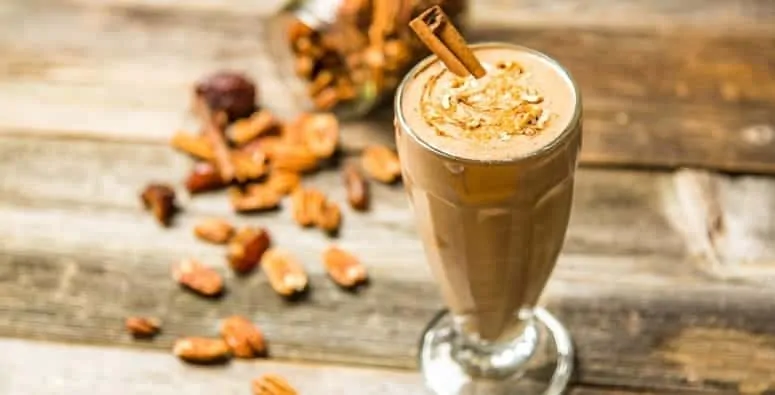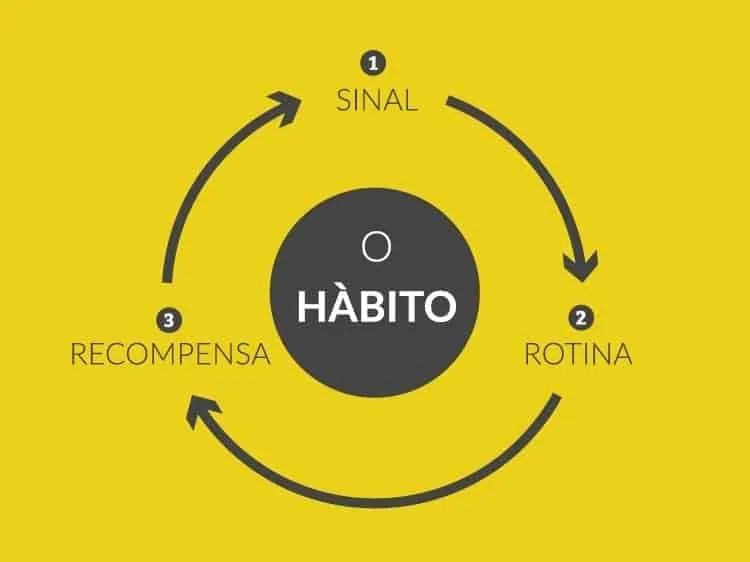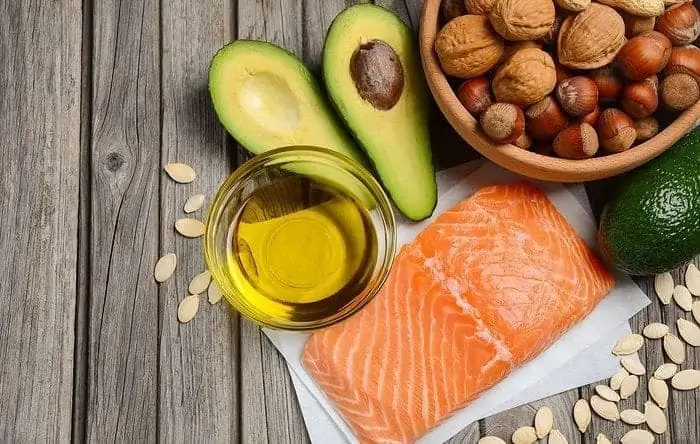Is there an ideal diet and training for each person?
Of all the doubts, this is number one.
Should I follow a low-carb diet or a flexible diet?
Maybe a paleo diet would be better, right?
And as for training, which one gives the most results? How many times a week should I do this?
These are just a few of the many examples, but is there really a perfect plan?
And if there is, what plan is that?
Let's start by addressing the diet.
The ideal diet
When we are asked at Sik Nutrition whether our protocol is compatible with a paleo, vegetarian or low-carb diet, the answer is simple. We are compatible with all of these approaches.
All diets have strengths and weaknesses, and our job is to establish a connection that leads us to understand how to measure whatever approach we choose.
Let's say we are an intermediate point of connection between the various diets.
Most people expect our response to be something extreme.
Change everything, cut back on carbohydrates, take a paleo approach, eliminate sugars, salt, do cardio on an empty stomach and only eat protein.
This is not our answer.
For those who have never taken any kind of care with their diet, the first steps are actually quite basic and simple.
The first job is to implement basic habits and routines in everyday life.
Some of the common and simple strategies are:
- Try to consume some source of protein at most meals.
- Try to cook healthier, avoiding fried foods and opting for grilled, stewed and steamed foods.
- Increase your intake of vitamins and minerals by eating vegetables at most meals and fruit at least twice a day.
- Consume enough healthy fats through foods such as olive oil, avocado, nuts and their natural butters, etc.
- Increase water consumption between meals, trying to keep the body hydrated.
Most people do not comply with at least one of the points above, so these are the ones we will focus on.
Once all of the above points are secured, then we can actually get into details like the amount of protein to ingest, the ideal amount of calories for your goal, among many other things that we monitor in our Team monitoring.
Don't forget, first all the previous premises must be fulfilled, only then do the details matter.
Thus, the ideal diet must comply with the following:
- Be sustainable in the long term.
- Be monetarily sustainable.
- Respect your calorie, macro and micronutrient needs.
- Provide enough energy to support your daily physical and mental needs.
- It must ensure a healthy body composition (ideal weight and body fat).
- Respect personal preference and palate.
- Be compatible with your beliefs and ideologies.
- Include only necessary constraints (not unfounded beliefs).
- Make you happy.
It is essential to reach enough calories for your goal and you should pay attention to this.
Furthermore, get enough fiber. For every 1000 kcal you should use around 10g to 15g of fiber.
Finally, try to consume the majority of your food in an unprocessed form.
This way you ensure that you are not using a ton of processed food, in addition to focusing mainly on foods that will provide you with all the micronutrients you need.
Here are some articles that may be useful to you:
- How many calories do you use to gain muscle mass?
- How many calories to eat to lose weight.
- How to diet without going bankrupt.
- How much protein do I need per day?

Optimal training
After the diet, it's time to move on to training.
The guides are general and applied globally, but they serve as a good starting point.
How to begin?
- Choose a goal. Not just a desire, but a specific, realistic and achievable goal.
- Manipulates training frequency, volume and intensity. Bet on two of them and leave the third out, in order to guarantee recovery.
- Choose a focus. Hypertrophy or strength? This way we will be able to use each of them in different training blocks, and enhance it.
- Exercises. Regarding the choice of exercises, choose them according to your objectives. Everything must have a purpose.
The second point is extremely important, but often left in the background or to chance.
Do you prefer to go to the gym more or less days? (Frequency)
If you need to work at higher intensities, choose greater loads, a greater number of sets close to failure, or both. (Intensity)
If you prefer high volume training, then use a large number of sets, repetitions and exercises. (Volume)
Don't forget, bet on two of them and leave the third out.
Below are two articles that may be useful to you at this stage.
Make the plan a reality
As we said above, it is possible to choose a huge range of combinations between diet and training.
And now that you've chosen your personal preference, how do you make them work?
Create a routine (habits)
I'm sure if you're reading, you've most likely already tried to implement the perfect plan in the past.
But why does it always seem so difficult to make it work?
And why are there people who do it much more easily than others?
I recommend you read the book The Power of Habit written by Charles Duhigg.
A habit is made up of three components.
The sign. It is the trigger that triggers a behavior.
Example. Your alarm clock in the morning.
The routine. It's the behavior itself.
Example. When you get out of bed.
The reward. The benefit arising from previous behavior.
Example. Some warm oatmeal when you get up.
Reward is your brain's way of learning to like and need a specific behavior.
Have you ever thought that most of the time you get up faster and less lazily on the weekend than during the week?
Because the reward of waking up and having the day free is possibly more important to you than getting up to go to work.
If you already exercise, all of this has already been part of your day even if you don't realize it.
You know what the signal is, you know what your routine will be, but the reward part is often undervalued, and that's why many habits don't become permanent.
A curious observation made in the book is that our brain it does not have the ability to differentiate between a good and a bad habit.
Reward yourself more and create the ideal plan
Normally the first step for someone who decides to implement a training and nutritional plan is (very) radical.
Remove all sweets, all salt, basically everything except the broccoli, sweet potatoes, and of course the chicken.
What if I told you that maintaining some foods that bring some mental health and pleasure can allow you to implement solid routines?
If I told you that eating chocolate could help you exercise more, would you believe it?
But to do this you have to think about forming your new habit.
At the signal, in the routine and only then the reward.
In general and in the long term, I consider that training and diet rewards should not be related to food, however, in the short term it can be a good technique to implement the plan.
If you are starting out and already know the choices that will be the basis of your diet, you know that 80-90% of your foods are defined.
And the remaining 10-20%?
These will be foods that will probably be a little less healthy than the rest, but can be used as a reward.
Imagine that you decide to train four times a week, and on those days you save those 10-20% of your daily availability to be spent pleasantly in your post-workout.
In practice it would be something like this:
- The sign. It's 6pm and it's time to leave work. Today is Monday, the day to go training.
- The routine. Leave work, go to the gym and train.
- The reward. Coming home and having that special meal waiting for you.

When we talk about these 10-20% we are talking about numbers, calories, macronutrients, portions or any other method you follow.
For example, if your current diet has 1500 kcal per day, you know that you can save 150-300 kcal to consume after training in a more enjoyable way to make this habit stronger.
It could be a delicious smoothie, pancakes, oatmeal or even snickers.
Remember, moderation is key.
This was just an example, using food, but there are lots of rewards that you can use in this habit, or in others that you want to implement.
A relaxing Turkish bath after training, buying new clothes for the gym after 2 weeks without missing a workout or any other activity you like.
In other words, always reward yourself in some way and this increases the chances of achieving lasting changes.
Conclusion
Don't make drastic changes from one day to the next. They don't work.
Start by choosing a nutritional approach that you like, feel comfortable with and that is comfortable and sustainable in the long term.
Choose a number of weekly workouts that allows you to be consistent, and also the type of training you like most.
Finally, reward yourself so that the habit becomes lasting.
It seems simple, but it works.
Article written by Sik Nutrition.
Sik Nutrition is a modern fitness booster.
Our mission is to guide, educate and motivate everyone interested in achieving their health and fitness/performance goals.
All of our articles are based on scientific facts and the experience of Sik Nutrition Coaches.





